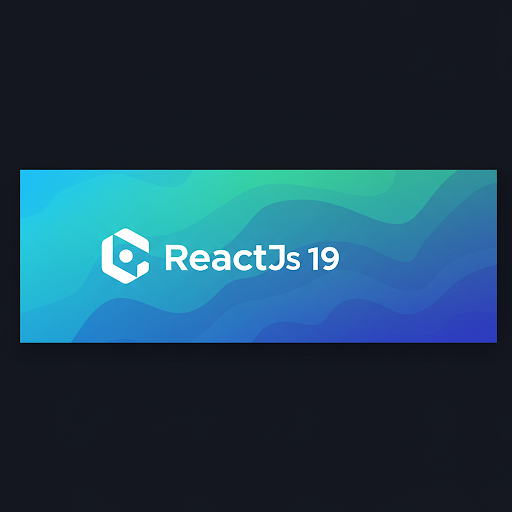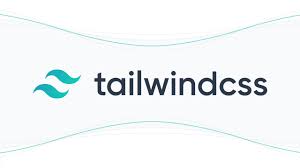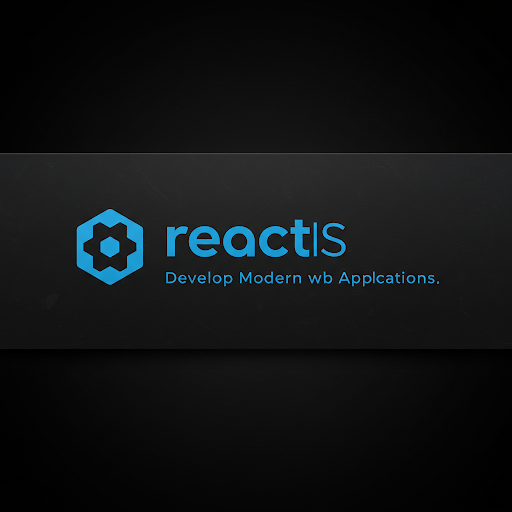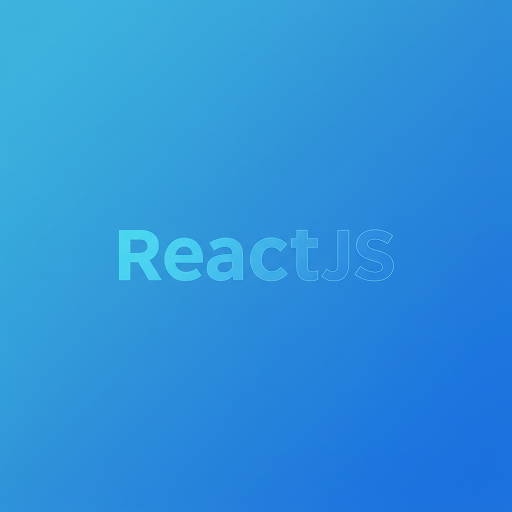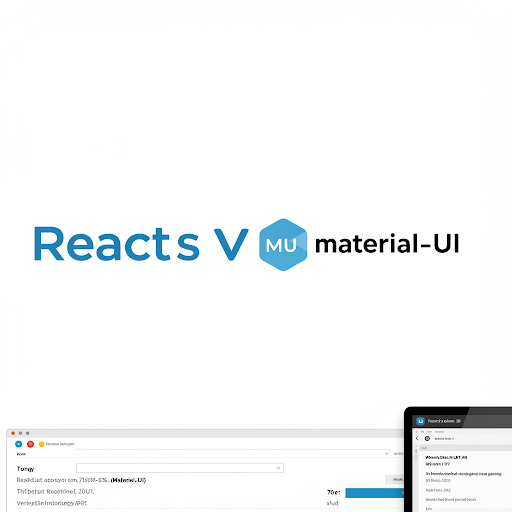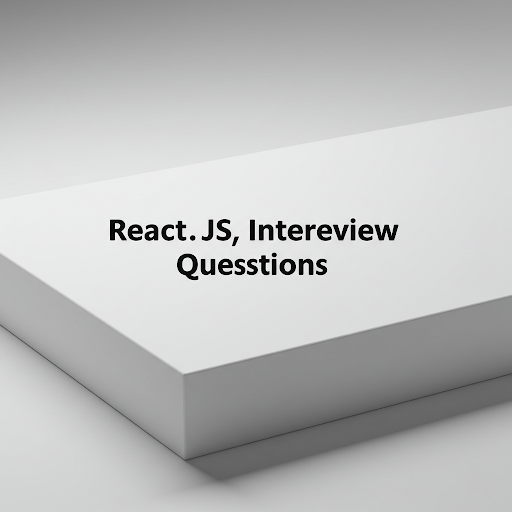
Top ReactJS Interview Questions and Answers for 2025
ReactJS remains one of the most popular JavaScript libraries for building dynamic web applications. If you're preparing for a ReactJS interview, it's crucial to be familiar with fundamental and advanced concepts. Here are some commonly asked ReactJS interview questions and answers to help you succeed.
1. What is ReactJS?
ReactJS is an open-source JavaScript library used to build interactive user interfaces, primarily for single-page applications (SPAs). It allows developers to create reusable UI components and manage state efficiently.
2. What are the key features of React?
Virtual DOM: Improves performance by minimizing real DOM manipulations.
Component-based architecture: UI is built using independent and reusable components.
Unidirectional data flow: Ensures better state management.
JSX (JavaScript XML): Allows writing HTML in JavaScript.
Hooks: Introduced in React 16.8 for managing state and side effects without class components.
3. What is JSX?
JSX (JavaScript XML) is a syntax extension of JavaScript that allows developers to write HTML-like code within JavaScript. It makes UI development more readable and maintainable.
Example:
const element = <h1>Hello, World!</h1>;4. What is the Virtual DOM, and how does it work?
The Virtual DOM is an abstraction of the real DOM. React maintains a virtual representation of the UI and updates only the changed parts, making rendering more efficient.
5. Explain React Hooks and their types.
React Hooks are functions that let you use state and lifecycle methods in functional components. Common hooks include:
useState: Manages local state.
useEffect: Handles side effects.
useContext: Accesses context values.
useRef: Creates a reference to a DOM element or component instance.
useMemo: Optimizes performance by memoizing values.
useCallback: Memoizes callback functions to prevent unnecessary re-renders.
6. What is the difference between useEffect and useLayoutEffect?
useEffect runs asynchronously after the render is committed to the screen.
useLayoutEffect runs synchronously after the render but before the screen update.
7. How does React handle state management?
React has multiple state management solutions:
Local state: Managed using
useState.Context API: Used for prop drilling issues.
Redux: Manages global state with reducers and actions.
Recoil/Zustand/MobX: Alternative state management libraries.
8. What are React lifecycle methods?
Lifecycle methods are available in class components to control component behavior:
Mounting:
componentDidMountUpdating:
componentDidUpdateUnmounting:
componentWillUnmount
For functional components, useEffect is used as an alternative to these lifecycle methods.
9. What is Prop Drilling, and how can you avoid it?
Prop drilling happens when you pass props through multiple levels of components. To avoid it:
Use Context API to share state across components.
Use Redux or other state management solutions.
10. What is React Suspense and Concurrent Mode?
Suspense: Allows lazy loading of components and better handling of asynchronous data.
Concurrent Mode: Improves rendering performance by enabling React to prioritize updates.
11. What are Higher-Order Components (HOCs)?
HOCs are functions that take a component as an argument and return a new component with additional functionalities.
Example:
const withAuth = (Component) => (props) => {
return isAuthenticated ? <Component {...props} /> : <Login />;
};12. What is the difference between React Router's useHistory and useNavigate?
useHistory was used in React Router v5 for navigation.
useNavigate replaced
useHistoryin React Router v6 for better usability.
13. How does React handle performance optimization?
Using React.memo to prevent unnecessary re-renders.
Using useCallback and useMemo to memoize values.
Lazy loading with React.lazy and Suspense.
Code splitting using dynamic imports.
14. What is Server-Side Rendering (SSR) in React?
SSR renders the React components on the server instead of the client, improving SEO and performance. Next.js is a popular framework that supports SSR.
15. How do you handle forms in React?
Forms in React can be handled using controlled or uncontrolled components.
Controlled Component Example:
const [name, setName] = useState("");
return <input value={name} onChange={(e) => setName(e.target.value)} />Conclusion
These questions cover essential React concepts that are frequently asked in interviews. Preparing answers and building projects with React will help reinforce your understanding. Stay updated with the latest React features to stand out in job interviews!
For more React-related blogs, visit Codercrafter Blogs.
Related Articales
Why Rockstar Games Delays GTA 6 Trailers: A Marketing Strategy Breakdown
Apr 1, 2025.23Getting Started with ArcGIS JavaScript API: A Guide for Developers
Apr 1, 2025.23Object Destructuring in JavaScript: A Simple Guide for Developers
Apr 1, 2025.23Difference Between TypeScript and JavaScript: Which One Should You Choose?
Apr 1, 2025.23

